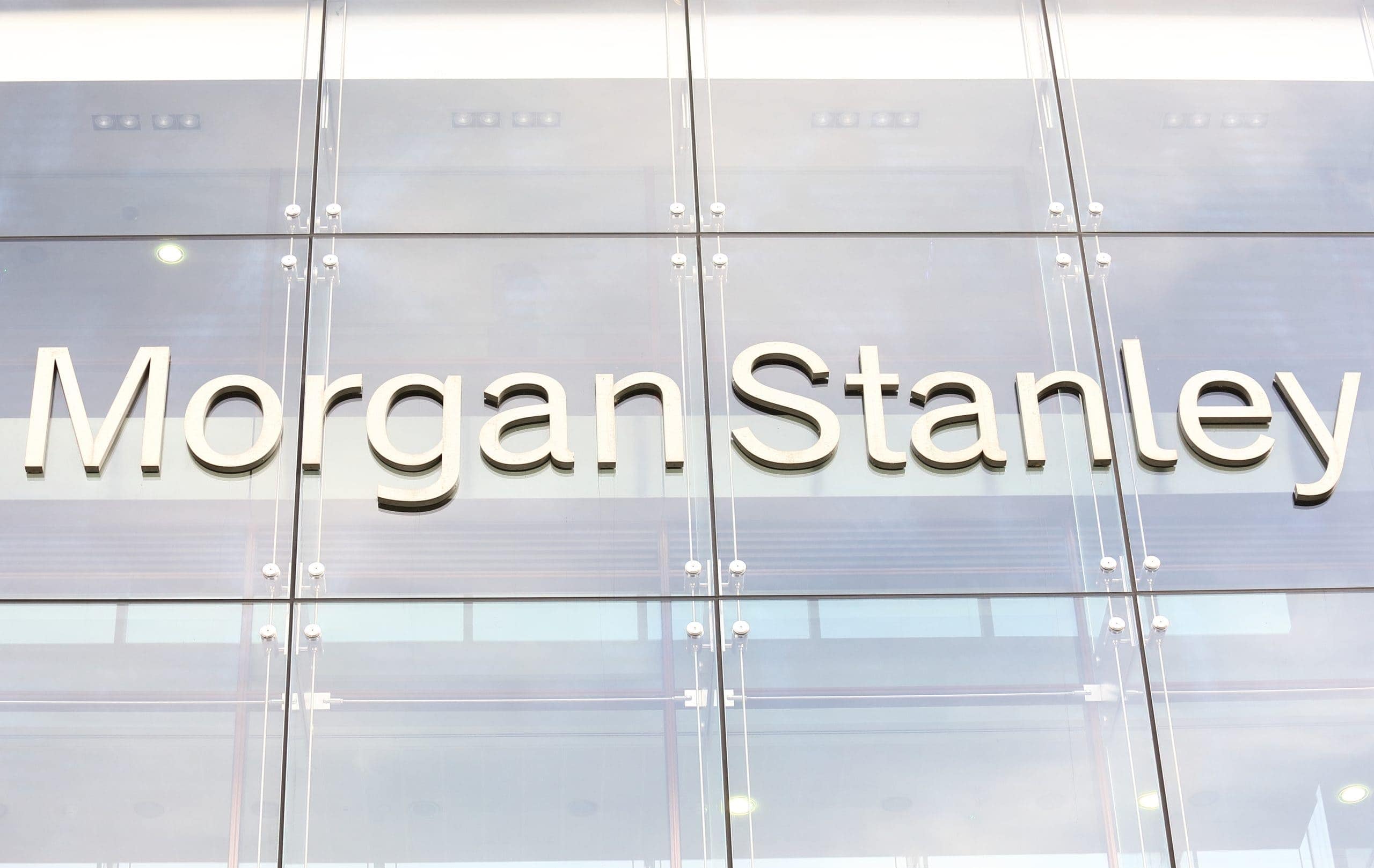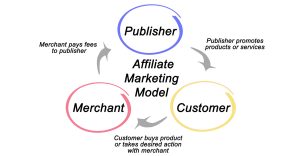
Share
It’s easy to feel pessimistic these days. From our 401k’s to our crypto wallets to our politics, it feels like everything is crashing down into a negative abyss, with no sign that it’s going to stop anytime soon. Even the entertainment we use to escape isn’t what it used to be.
I’ll never not be angry that I wasted two hours of my life watching Jurassic World: Dominion. Never.
However, a new report by Morgan Stanley, suggests that not everything is doom and gloom and that despite our current economic challenges, brighter days are still ahead for e-commerce brands.
We all know that online shopping saw a huge jump during the peak of the pandemic in 2020, but what we didn’t know was if that was a one-time bump related to shoppers being locked in their homes or if it signaled a new era for the continued rapid growth of online selling.
According to Morgan Stanley equity analyst Brian Nowak, the growth we saw in 2020, is only the beginning of what he expects to be a major expansion for e-commerce in the coming years.
“We believe that the Covid-driven bump will not flatten future e-commerce growth,” Novak says in the report. “Across the world, we have yet to see a ceiling for e-commerce penetration.”
The bank’s analysts project that the global e-commerce market will grow from $3.3 trillion today to $5.4 trillion by 2026 when it will represent 27% of total global retail sales.
Nowak believes that while the rise of e-commerce in 2020 is easily explained by the pandemic, the fact that the market continued to grow substantially in 2021, well after vaccines were introduced and most major lockdowns had ended, is a sign that sustained growth is attributable to more significant market factors than just COVID-19 induced lockdowns.
The report states that in the US alone, online shopping is projected to grow from 23% of the retail market to 31% by 2026. Other major markets should also expect to see significant growth in online shopping, with retail e-commerce in South Korea expected to grow from 37% of the market to 45%.
So if you want to tap into that global growth, it might make sense for your brand to work with an agency that already has a dedicated international sales team that has connections around the world and is creating relationships with key partners across the globe (ahem, ahem).
According to the report, consumer electronics, which has always been a leading vertical in e-commerce, is projected to see sales grow from 38% to 45%, but newer verticals are also projected to enjoy substantial growth, including groceries, apparel and beauty.
So that’s all….good news (it’s been so long since I could say that, I’m almost not sure what it means), but why? What has changed so fundamentally in the last few years that despite our current economic headwinds, major banks are still projecting massive growth across e-commerce channels?
According to the report, the key driver for e-commerce growth is technology. And while some of the obvious culprits, such as increased connectivity and faster WiFi speeds, are an important part of the equation, particularly in developing markets, the report sees distribution as the most important factor pushing the growth of e-commerce worldwide.
Analyst Gary Yu states that “One of the top differentiating factors for e-commerce platforms could be supply chain and fulfillment capabilities, which could empower better customer servicing.”
In other words, an increased capacity to deliver more products even faster is going to take away one of the key advantages that brick-and-mortar shopping has always enjoyed, getting you the things you buy sooner.
So while we’re used to Amazon dropping products on our doorstep in 24 hours, more online brands should have the ability to deliver our purchases in the space between sunsets.
The report found that other key drivers included customers prioritizing the convenience of online shopping and improvements in technology, such as the spread of faster WiFi speeds.
With inflation going up, interest rates rising and the stock market on a pogo stick, it’s not to say that there’s nothing to be concerned with in the short run. But that’s also why it’s important to take the long view when it comes to making business decisions for your brand, so it’s good to know that for e-commerce, the best is yet to come.





